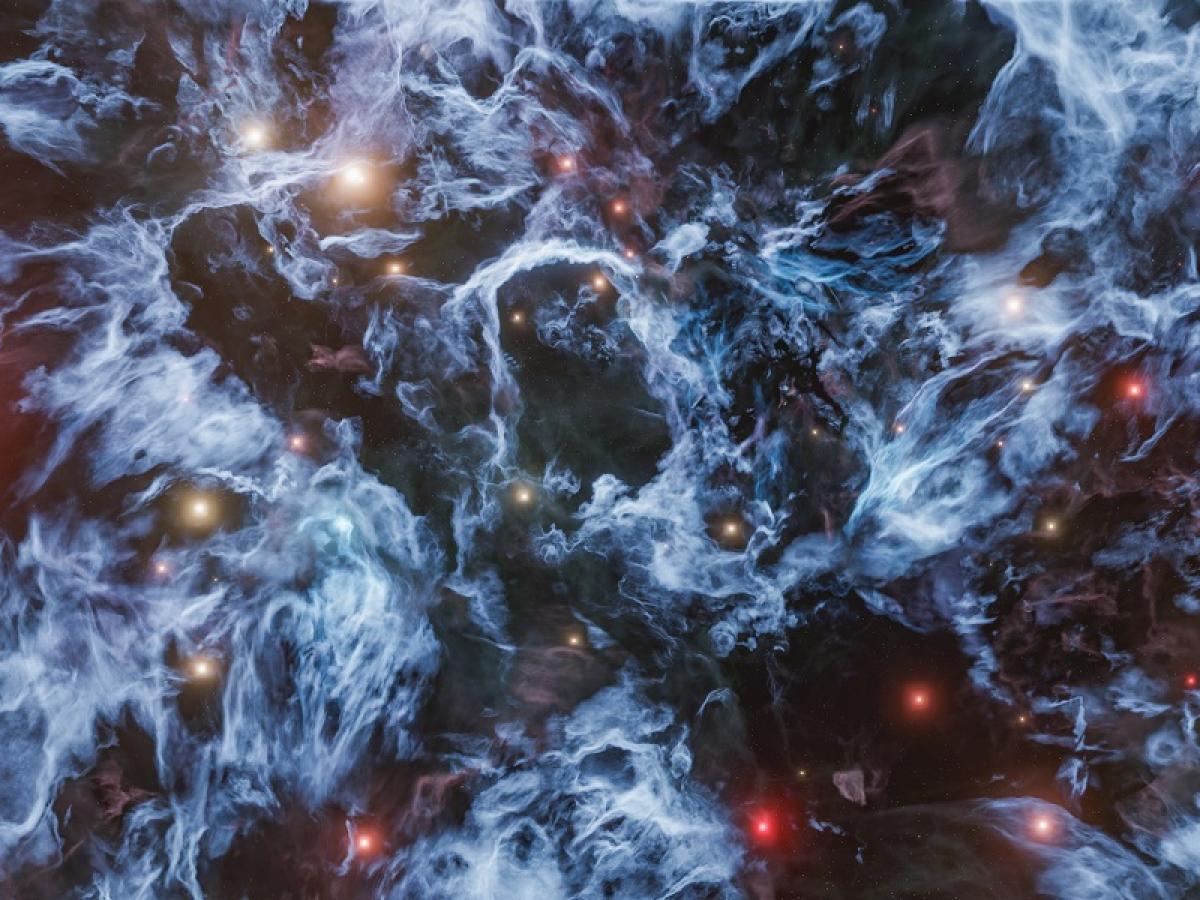Physics Prof Thomas makes a groundbreaking discovery in unlocking the mystery of dark matter

An international team of researchers, led by experts at the University of Adelaide in Australia has made progress in understanding the nature of dark matter.
Dark matter makes up 84% of the matter in the universe and its existence has been confirmed through its gravitational interactions, yet little is known about its precise nature.
The team believes that the key to understanding this mystery could lie with the dark photon, a hypothetical massive particle that could act as a portal between the dark sector of particles and regular matter.
Regular matter, which is what we and our physical world are made up of, is far less abundant than dark matter, with five times more dark matter existing than regular matter.
The team is pursuing different approaches, including testing existing theories about dark matter, to gain more clues into this elusive substance. In their latest study, they examined the potential effects that a dark photon could have on the complete set of experimental results from the deep inelastic scattering process. This process is used to probe the insides of hadrons, such as protons and neutrons, using electrons, muons, and neutrinos.
The team used the state-of-the-art Jefferson Lab Angular Momentum Parton distribution function global analysis framework and modified the underlying theory to allow for the possibility of a dark photon.
“Our work shows that the dark photon hypothesis is preferred over the standard model hypothesis at a significance of 6.5 sigma, which constitutes evidence for a particle discovery," said Professor Anthony Thomas, Elder Professor of Physics, University of Adelaide.
The discovery of new clues to the nature of elusive dark matter by Australian professor Thomas is a breakthrough in our understanding of the universe. This research has the potential to revolutionize our understanding of the universe and open up new possibilities for further exploration. Professor Thomas' work is an inspiring example of the power of scientific inquiry and the importance of never giving up in the pursuit of knowledge. We can only hope that this discovery will lead to further advances in our understanding of the universe and the mysteries of dark matter.

 How to resolve AdBlock issue?
How to resolve AdBlock issue?